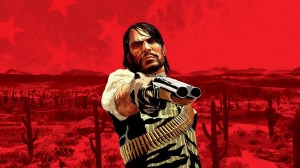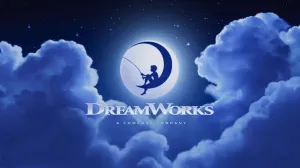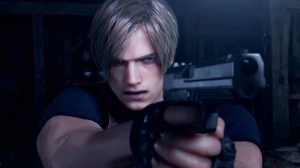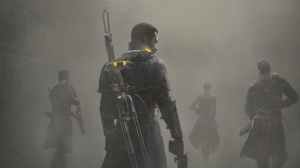Ninja Gaiden 4 played its part in Koei Tecmo’s multifaceted effort to resurrect the series. It’s a significantly better game than Ninja Gaiden 3: Razor’s Edge and complements the flashy 2D action of Ninja Gaiden: Ragebound and the nostalgia-seeped Ninja Gaiden 2 Black. But this PlatinumGames-led installment is missing something and lacking in areas, some of which were present in another fourth mainline entry in a coveted action series: Devil May Cry 4. And while shortcomings in two games from the same genre are nothing new, they, in this particular case, help explain why each of these series didn’t hit their high points with their fourth numbered installments.
Videos by ComicBook.com
The parallels pile up under scrutiny and start with the protagonists. Ninja Gaiden 4 introduced Yakumo, a moody edgelord with grumbling skills that match his proficiency with a blade. He’s not too unlike Nero, DMC4’s new demon-armed hero who’s prone to melodramatic spiels and cringeworthy line deliveries.
Ninja Gaiden 4‘s Yakumo and DMC4‘s Nero Are Boring
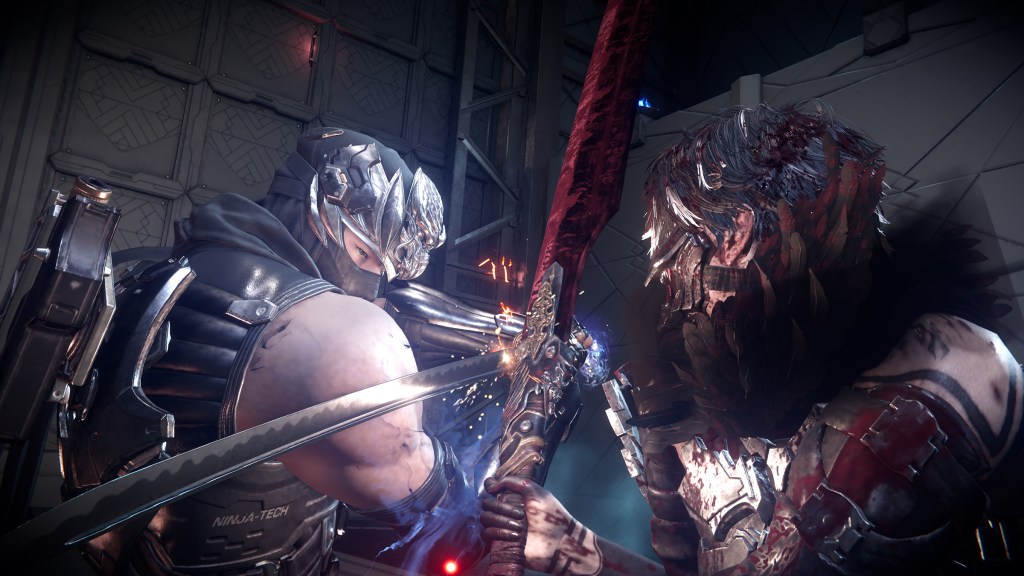

These two are symbols that represent their respective teams wanting to move forward, but they just aren’t charismatic enough. Yakumo’s snarls are grating to listen to, and he’s not deep enough to have any other trait to latch on to. Ryu Hayabusa, admittedly, doesn’t have much of a personality (and the attempts to give him one in NG3 failed spectacularly), but he’s at least not an actively annoying presence. It appears as though Platinum wanted to give him “stoic badass” vibes, which fit the ninja archetype, but pushed too hard into that territory and made him sound like a distressed teenager instead. He’s not someone who can carry the series after this poor of a debut.
Nero in DMC4 didn’t fare much better. His whiny outbursts sounded so pathetic when compared to someone as effortlessly cool (and sometimes corny) as Dante. This seemed to come from a place of wanting to have a protagonist with more emotional depth to keep up with the increasingly more narratively driven games of that PS3 and Xbox 360 era. But the action-filled gameplay wasn’t congruent with a story that tried to be this complex and the material wasn’t nearly good enough to make the argument that a game like this needed a plot this involved.
DMC4 and NG4 both demonstrate a misunderstanding of the storytelling needs of the genre, as well as how to properly carry forward a legacy with a new protagonist. Nero was at least less obnoxious in DMC5 (the new character V was much worse and also made Nero look less annoying by comparison), but he’s still not nearly as magnetic as the wise-cracking Son of Sparda. Yakumo can perhaps be redeemed in a follow-up, but he’s got so little to work with that he’d essentially be a brand-new person if Platinum got him to where he needed to be.
The two titles also pit these new master swordsmen against the predecessors, setting up for an all-too-predictable “twist” that they’ll both see eye to eye to take on a bigger threat. While forcing an old hero to come out of retirement can be seen as a lack of confidence, it is not necessarily bad to bring back a familiar face or tell a story with a predictable thread or two. Dante’s ability to switch styles in DMC4 gave him such a staggering amount of combo expression during combat, and Ryu, while having a downsized arsenal, still controls well. Character action games like this often thrive on having a slate of playable heroes that yield new gameplay styles.
Ninja Gaiden 4 and DMC4 Are Both Far Too Long
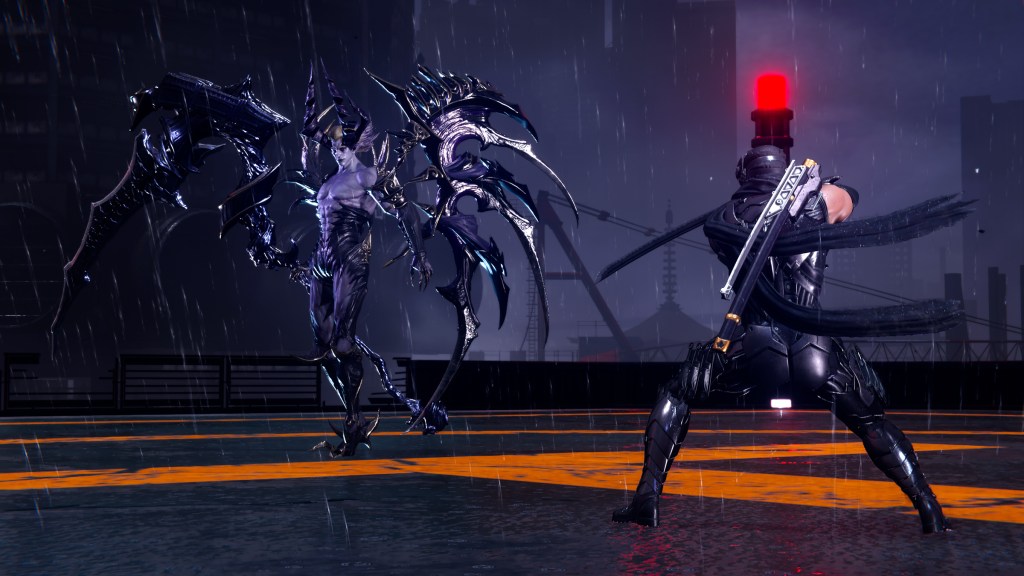
The true problem here is how badly they’re implemented and how much they drag down the pacing. Having to retread many of the same environments and fight the same bosses is a horrible exercise that is as uncreative as it is boring because of how blatantly it pads out the game. Recycling this bold would be bad for games with great environmental design, so it’s doubly frustrating that DMC4 and NG4 also both have rather lackluster levels devoid of life; the stages are simple and utilitarian killing fields. Ninja Gaiden 4’s campaign already gets rather repetitive in the latter half, too. Hacking away at the same hordes of tanky grunts loses a bit of its luster and playing as Ryu doesn’t make that better.
All games from narrative adventure titles to action RPGs deserve great pacing, but the character action genre is particularly suited to tightly honed campaigns. Ninja Gaiden and DMC are both geared toward replayability, given how the two grade players after every level and have brutal difficulty modes. It invites players to aim for better scores and master every intricacy of the combat. But going for additional runs in NG4 and DMC4 is harder to justify since they are bloated to the point of making one playthrough feel like two. There’s too much fat to cut through, and those pain points get even more painful each time with every unnecessary wave of demons and repeated boss fight.
Ninja Gaiden 4 and DMC4 Are Too Safe

Lackluster new protagonists and poor pacing are individual problems they both coincidentally share, but the broader issue enveloping them has to do with how safe the two are and how they don’t innovate. DMC4 came one generation after the birth of the character action genre but decidedly felt like a PS2 game in terms of its design and overall layout. With scaled-back visuals, it would have been almost indistinguishable from its predecessors. NG4 also not only looks behind the times, but it also doesn’t do much to differentiate itself from its decades-old forebears.
Part of NG4’s appeal is how it is calling back to the older action games of that earlier time and that’s not an awful goal given the lack of modern action titles in that vein, but this doesn’t completely absolve it for not pushing ahead. Devil May Cry and 2004’s Ninja Gaiden completely revolutionized action games with their approach to the genre and hyperfixation on combos and mastery. They were bold new games that shook the industry.
Within that context, DMC4 and NG4 are disappointing because of how safely they play it. They’re not authentic reinventions of what came before but instead predictable regurgitations of their respective templates. A series doesn’t need to completely reinvent itself every few years, but these games likely would have been more interesting had they been more ambitious in certain ways. The unjustly crucified DmC Devil May Cry at least tried to do something new by committing more to its narrative and playing with the environment in inventive ways. Bosses and the surrealistic stage designs tied into the story, so everything was more cohesive.
NG4 and DMC4 were both content with having the story and lore feel like they were jammed in after the fact, non sequitur bosses that appear out nowhere, and flat stage design that’s often just a chain of giant rooms made only for combat. Telling a more coherent narrative is only one possible avenue to explore, but it’s still frustrating how neither wanted to take the genre into new directions, especially given the pedigree of both teams. (DMC5 was a much better game than DMC4, but, while it avoided some of DMC4’s pitfalls, it was mostly pretty safe and content with playing within well-established boundaries.)
Devil May Cry 4 and Ninja Gaiden 4 are still solid enough and far from the worst games in their franchises. Ninja Gaiden 3 and Devil May Cry 2 were both absolute messes and demonstrate low points these series will hopefully never sink to again. But the two made similar mistakes that damned them to the middle tier of their respective series, a spot earned by lacking the deft touch or innovation that boosted their stronger chapters. They’re still leaders in the genre since there’s not much competition, but NG4 and DMC4 demonstrate a sense of complacency leaders should not have.
What do you think? Leave a comment below and join the conversation now in the ComicBook Forum!


